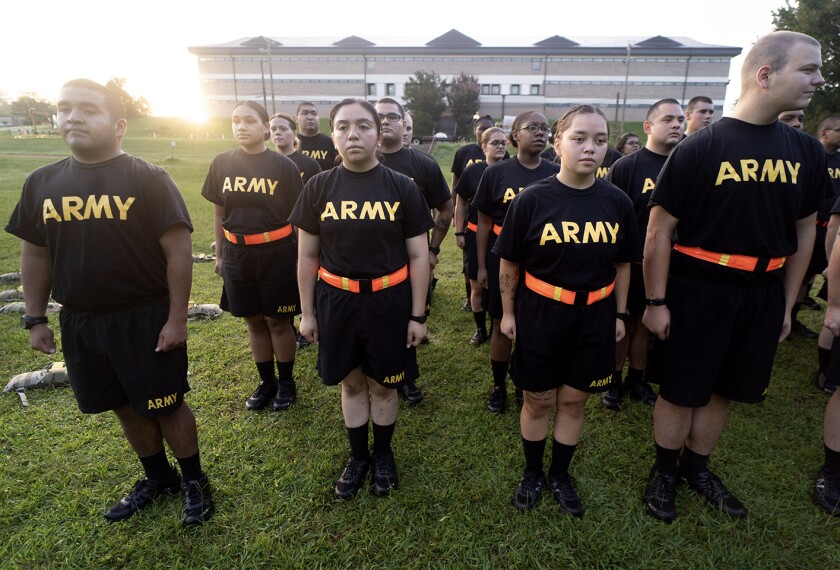To the Editor:
We are fortunate to finally have reliable and comparable data on high school graduation rates of special populations, such as students with disabilities, thanks to the federal requirement that all states use the four-year adjusted-cohort graduation-rate formula.
Equally important is the new focus on student outcomes, including graduation, being implemented by the U.S. Department of Education as part of its monitoring and compliance activities required by the Individuals with Disabilities Education Act (“Graduation Disparities Loom Large,” Jan. 29, 2014).
There is clearly no excuse for graduation gaps as high as 43 percentage points between students with disabilities and all students, with 19 states having gaps of 20 points or greater.
However, as states work to improve the graduation rate for students with disabilities, care must be taken to ensure that those efforts don’t result in a serious degradation of a general diploma.
Many states make allowances for students with disabilities to receive a regular diploma, such as credit reductions, alternative courses, and lowered performance criteria. Making excessive allowances for students with disabilities results in lower expectations and less meaningful diplomas.
An Achieve report issued last year, “Graduation Requirements for Students With Disabilities: Ensuring Meaningful Diplomas for All Students,” stated that, as we work to have students college- and career-ready, “it is critical that high school graduates, including students with disabilities, receive a diploma that means something—that they are prepared for postsecondary education and careers."
To that end, the report said, it is “critical that state policies and practices encourage students with disabilities to meet the college- and career-ready standards needed to attain the state’s standard diploma.”
Provided with specially designed instruction and appropriate access, supports, and accommodations, 85 percent to 90 percent of students with disabilities can meet the graduation standards targeted for all other students, the report said.
Let’s hope states don’t compromise the meaning of a high school diploma as an easy route to improving graduation rates. Students with disabilities both deserve and are capable of much more.
Candace Cortiella
Founder/Director
The Advocacy Institute
Marshall, Va.
The writer is the author of “Diplomas at Risk,” a 2012 report from the National Center for Learning Disabilities.




